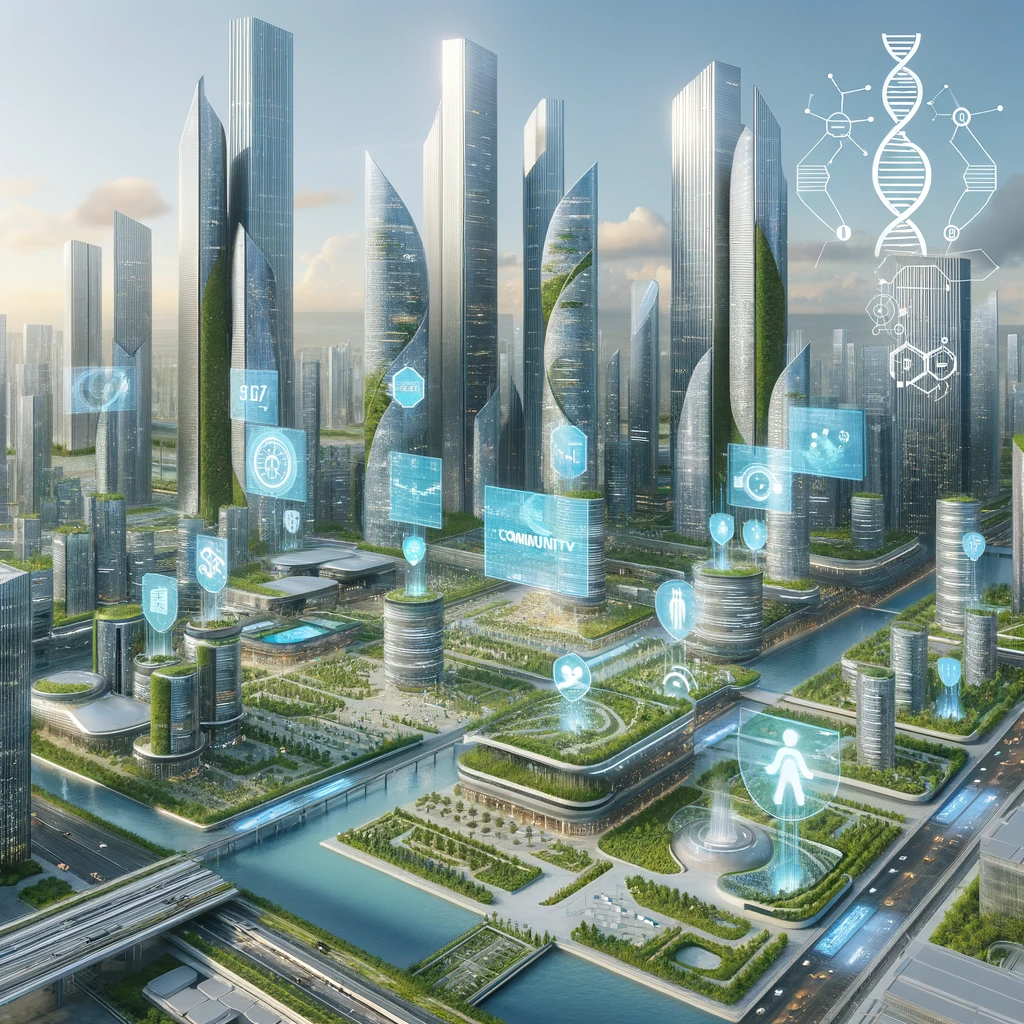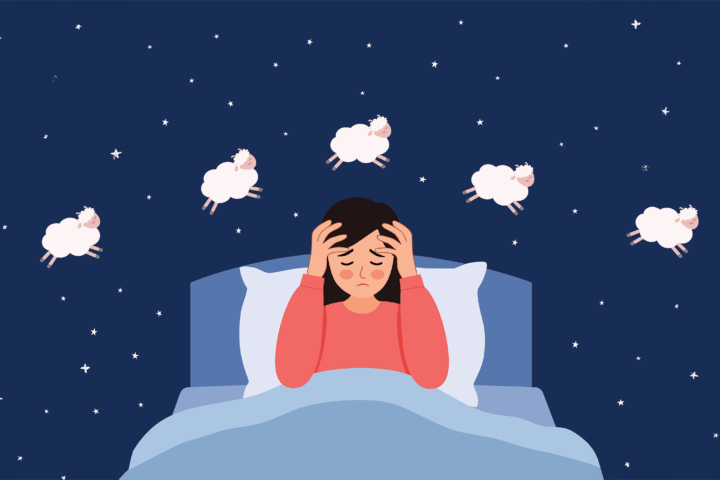The landscape of aging is transforming dramatically with the advent of new technologies. Wearable gadgets, telemedicine, and various innovative services are empowering older adults to live healthier, more connected lives, bridging the digital divide that once existed.
Insights from GetSetUp’s President, Lawrence Kosick
In an enlightening conversation with Forbes, GetSetUp’s co-founder, Lawrence Kosick, explained how technology is becoming integral to healthy aging. GetSetUp is an organization dedicated to educating older adults in how to use newer tech. It achieves this by developing innovative tools and environments that facilitate learning and socializing for individuals in their middle years and beyond. He highlights recent advancements like artificial intelligence, virtual and augmented reality, robotic assistance, and personalized medicine, which significantly impact older adults’ lives.
Tech in the Home: A Growing Trend
Telemedicine services are increasingly becoming the preferred mode of healthcare, especially for non-life-threatening conditions. A Prosper Insights & Analytics survey reveals a growing interest across generations, including Boomers, in digital health consultations, addressing the concern of medical shortages in many areas.
Smartwatches and similar devices play a vital role in health monitoring, enabling early problem detection and providing healthcare providers with comprehensive lifestyle data. This technology is pivotal in preempting major health issues and encouraging timely medical consultations.
Smart home devices like thermostats, doorbells, and security cameras are revolutionizing how older adults manage their daily lives and home security. These tools are particularly beneficial for those with mobility or physical limitations, offering peace of mind to their family members and caregivers.
Combating Loneliness with Technology
A recent survey conducted by the Michigan Poll on Healthy Aging revealed a concerning trend: in 2023, about 34% of adults aged 50 to 80 reported feeling isolated from others over the past year. This statistic is alarming, especially considering recent findings that the negative health impacts of loneliness and weak social connections are comparable to the harms caused by smoking 15 cigarettes a day.
However, there is a silver lining in the form of modern technology, which has emerged as a vital tool in combating loneliness among older adults. The key benefit of this technological intervention is its ability to help maintain and enhance relationships regardless of physical distance. A Prosper Insights & Analytics survey indicates the widespread adoption of this approach: nearly half of the Boomers (49.9%) and a greater percentage of Gen-Xers (56.4%) actively use social networking apps. This trend is expected to continue growing.
In addition to social networking apps, video conferencing and online classes are significantly contributing to reducing feelings of isolation among older adults. These platforms offer opportunities not just for staying in touch with loved ones, but also for acquiring new skills and exploring new interests.
Challenges in Adopting Technology
Despite its benefits, some older adults hesitate to embrace technology, often due to a lack of confidence or resources. However, various health plans, governments, and community organizations are stepping up to provide the necessary training and support, ensuring equitable access to these vital resources.
Around 73% of adults aged 65 and older are internet users, a number that’s only expected to rise. Online learning platforms and immersive technologies like VR and AR are opening new avenues for seniors to learn and engage, bringing experiences that were once out of reach into their living rooms.
Future of Aging and Technology
Kosick believes the future lies in creating user-friendly, intuitive technology that reduces the friction between seniors and digital tools. With the aging population growing and a shortage of caregivers, these technologies are not just conveniences but necessities for maintaining independence and aging with dignity.
It’s imperative to continue investing in technologies and educational resources that support aging with health and happiness. As Kosick emphasizes, focusing on ease of access and intuitive design is crucial in developing products that truly enhance the lives of older adults. These days, technology is not just a luxury but a necessity for healthy aging. As we look to the future, it’s clear that continued investment and innovation in this space are vital for empowering older adults to live their best lives in their later years.
References
- Drenik G. Surveys Show How Tech Is Now Essential For Healthy Aging. Forbes. April 11, 2023. Accessed December 18, 2023. https://www.forbes.com/sites/garydrenik/2023/04/11/surveys-show-how-tech-is-now-essential-for-healthy-aging/?sh=5ea4b55e1a84
- Faverio M. Share of those 65 and older who are tech users has grown in the past decade. Pew Research Center. January 13, 2022. Accessed December 18, 2023. https://www.pewresearch.org/short-reads/2022/01/13/share-of-those-65-and-older-who-are-tech-users-has-grown-in-the-past-decade/
- Kidambi N, Lee EE. Insight into Potential Mechanisms Linking Loneliness and Cognitive Decline: Commentary on “Health Factors as Potential Mediator the Longitudinal Effect of Loneliness on General Cognitive Ability”. Am J Geriatr Psychiatry. 2020;28(12):1284-1286. doi:10.1016/j.jagp.2020.08.015
- GetSetUp. Accessed December 18, 2023. https://www.getsetup.io/
- Prosper Insights and Analytics. Accessed December 18, 2023. https://prosperanalytics.info/
- Trends in Loneliness Among Older Adults from 2018-2023. National Poll on Healthy Aging. March 13, 2023. Accessed December 18, 2023. https://www.healthyagingpoll.org/reports-more/report/trends-loneliness-among-older-adults-2018-2023











